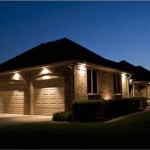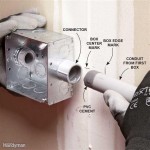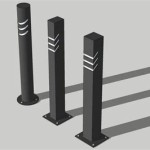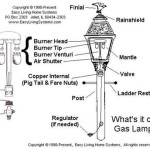How Do Outdoor Gas Fire Pits Work?
Outdoor gas fire pits have become a popular addition to backyards, patios, and other outdoor spaces. They offer a warm and inviting ambiance, creating a cozy gathering spot for friends and family. But have you ever wondered how these fire pits actually work? Understanding the mechanics behind a gas fire pit can help you appreciate its functionality and make informed decisions when choosing one for your own space.
Gas Supply and Flow
At the heart of a gas fire pit lies a gas supply system. This system consists of a gas line, a regulator, and a valve. The gas line delivers propane or natural gas from a tank or the main line to the fire pit. The regulator reduces the incoming gas pressure to a safe level for combustion. The valve controls the gas flow to the burner, allowing you to adjust the flame intensity.
Most gas fire pits use propane as the fuel source. Propane is a readily available and portable fuel, often stored in tanks connected to the fire pit. Natural gas, on the other hand, requires a direct connection to the main line. This makes propane a more convenient option for many homeowners.
Ignition and Combustion
Once the gas is delivered to the burner, an ignition system initiates the combustion process. There are two common types of ignition systems: electronic ignition and manual ignition.
Electronic ignition utilizes a spark generator to create a spark, igniting the gas flow. This system is usually activated by a push-button switch on the control panel. Manual ignition, on the other hand, requires a match or lighter to ignite the gas.
The ignited gas then mixes with oxygen in the air, producing a flame. The flame's intensity is governed by the gas flow rate, which can be adjusted using the valve. The burner, typically made of stainless steel or cast iron, distributes the flame evenly across its surface, creating a captivating display of fire.
Heat Distribution and Safety Features
Gas fire pits are designed to radiate heat efficiently. The flame heats the surrounding air, creating a warm and inviting atmosphere. Some fire pits incorporate features that enhance heat distribution, such as a fire ring or a reflective shield. These features amplify the heat output, ensuring a comfortable experience even on cooler evenings.
Safety is paramount in any outdoor appliance, and gas fire pits are no exception. They typically include several safety features, such as a flame-out sensor, a tilt switch, and a safety valve. The flame-out sensor automatically shuts off the gas flow if the flame extinguishes, preventing gas leaks. The tilt switch disconnects the gas supply if the fire pit is accidentally tipped over. The safety valve releases excess gas pressure, preventing potential explosions.
Types of Gas Fire Pits
Gas fire pits come in a wide variety of designs and styles, offering something to suit every taste and budget. Here are some common types:
Tabletop fire pits are smaller and more portable, ideal for smaller gatherings or for adding a touch of ambiance to a patio table.
Free-standing fire pits are larger and more substantial structures, often featuring a decorative base and surround. They can serve as focal points in a backyard or patio.
Built-in fire pits are often incorporated into patios or outdoor kitchens, providing a seamless and integrated look.
Fire tables combine the functionality of a fire pit with a table surface, offering both warmth and an area for dining or drinks.

How To Build A Gas Fire Pit Woodlanddirect Com

How To Build A Gas Fire Pit Woodlanddirect Com

How Do Gas Fire Pits Work

How To Build A Gas Fire Pit Woodlanddirect Com

How Do Smokeless Fire Pits Work Bassemiers

How Do Outdoor Fire Pits Work

How To Build A Gas Fire Pit Woodlanddirect Com

How Does A Fire Bowl Work Cmp

Outdoor Gas Fire Pit Clearances And Other Safety Considerations

How Does A Fire Bowl Work Cmp
Related Posts







